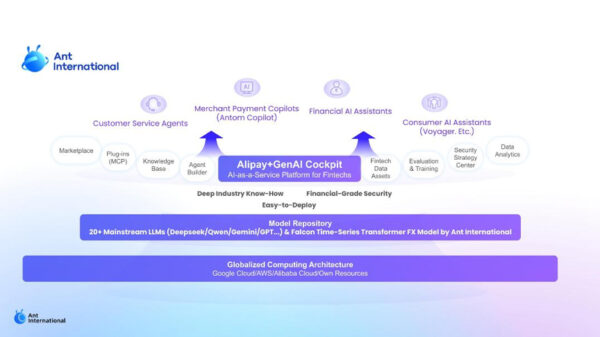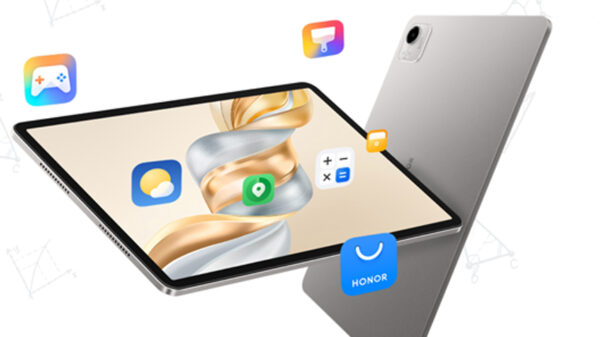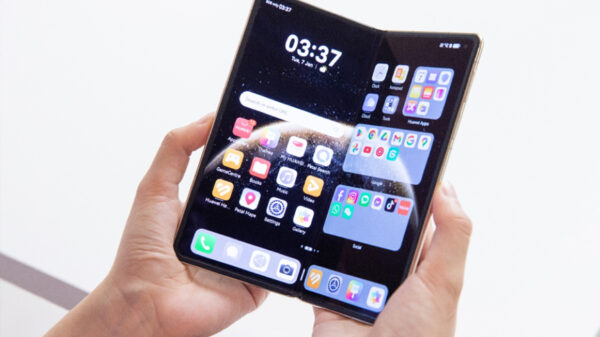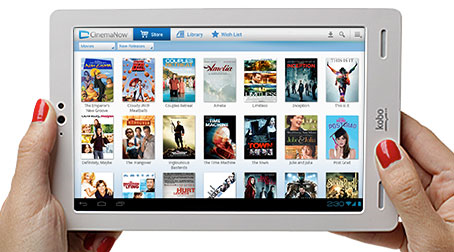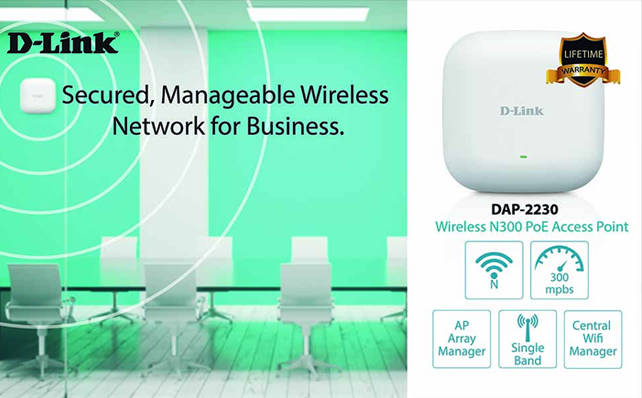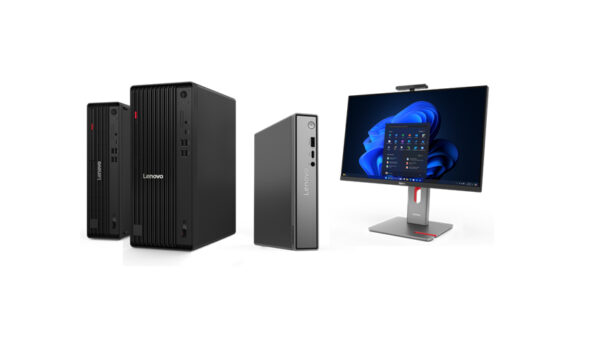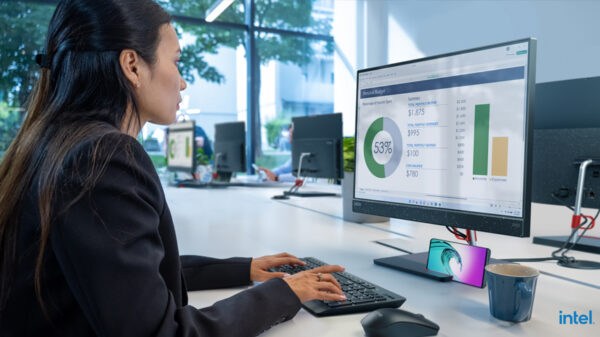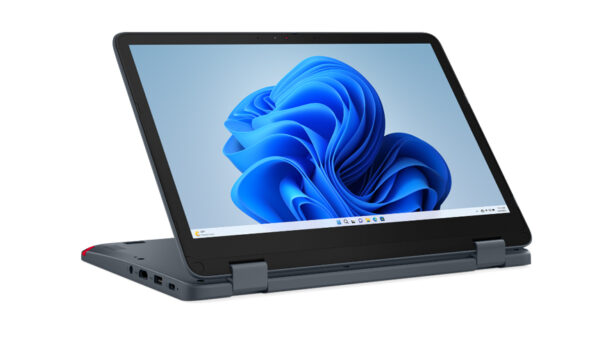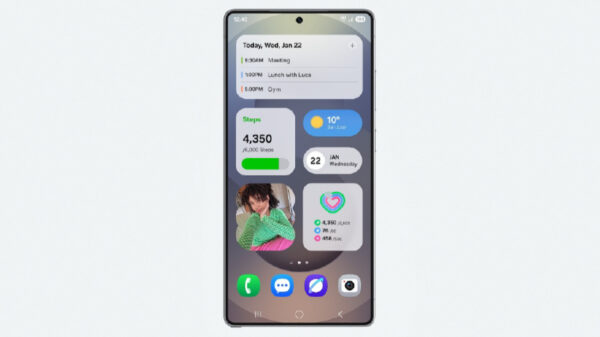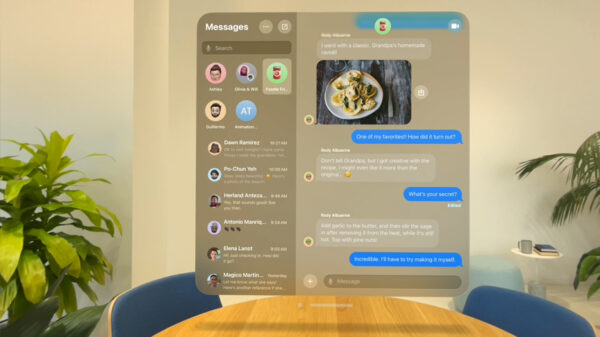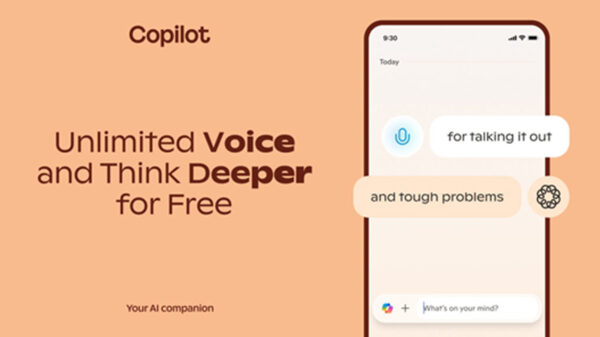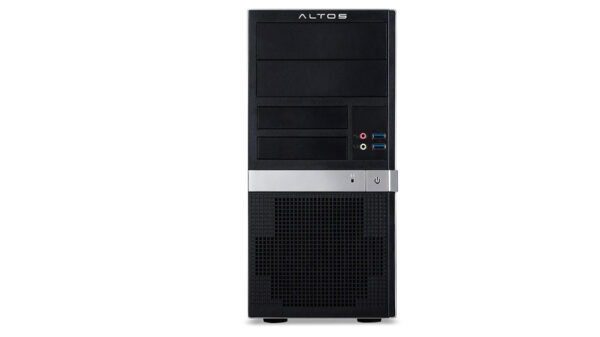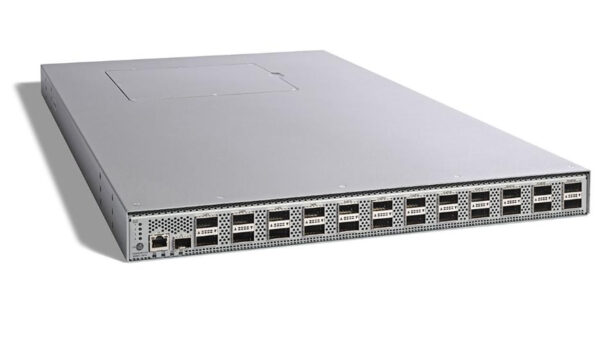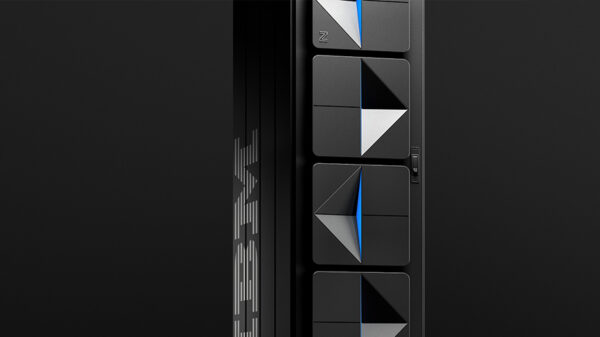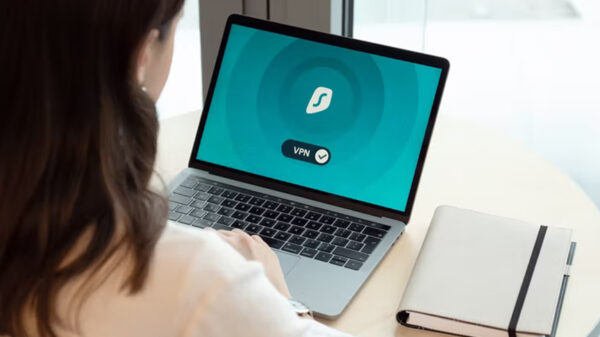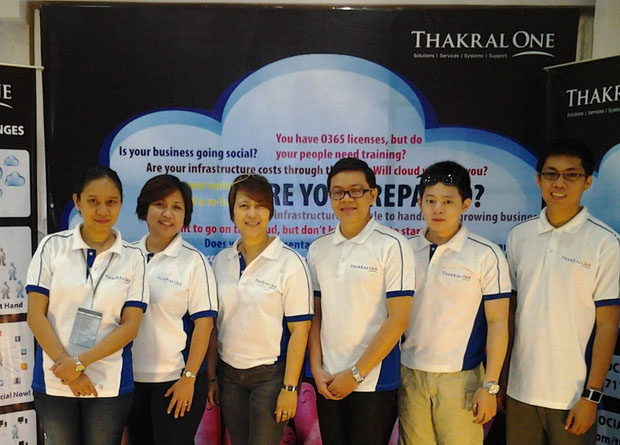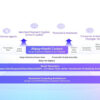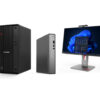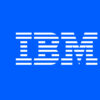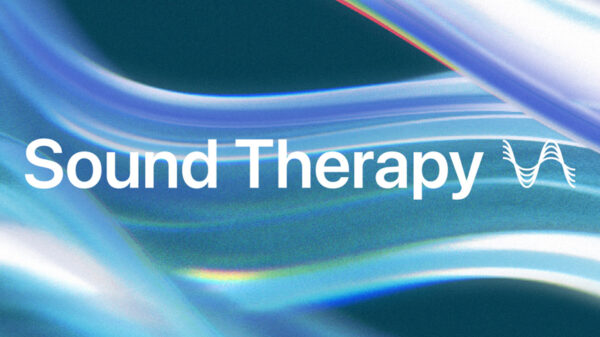The healthcare industry is no stranger to adopting new technologies to improve patient care. While most think of physical equipment, like MRI and X-ray machines, there is another piece of the puzzle that has played a critical role in today’s changing healthcare landscape – telemedicine. This practice has become more commonplace as new healthcare concerns arise and patients are unable to get in-person medical advice.
As modern healthcare-related priorities continue to shift, telemedicine must be able to rise to the occasion, both for the sake of the public and medical professionals.
Cyber Criminals Targeting Telemedicine
As with any technology, healthcare organizations must be aware of the cyber risks that telemedicine can pose. While the concept of remote care provides many benefits, it can also open the door for cyber criminals to access the networks of healthcare organizations. This is largely due to the way the technology itself functions, with software, applications, and physical devices working in conjunction to connect remote patients to their healthcare providers.
The value of the data being transmitted between networks is what encourages cyber criminals to target telemedicine practices. If this data is accessed by the wrong person, it may not only impact general performance but could also put patient care at risk.
According to Fortinet Healthcare CISO, Sonia Arista, “For healthcare organizations to remain compliant and maintain patient trust, they need to consider all potential risks to ensure this technology is not being exploited by threat actors.”
External Cyber Risks
When relying on remote communication, healthcare organizations do not have full control or visibility into the network they are connecting to. Patients that use messaging apps or video conferencing to get medical care are likely using a personal device designed for performance rather than security, and that is connected to an unsecured home or even public WiFi network.
Cyber criminals are aware of a medical organization’s inability to manage third-party traffic, and they know that if they can exploit this vulnerability they can gain access to the healthcare organization’s networks and the valuable data they hold.
Internal Cyber Risks
While it is nearly impossible to ensure that patients’ networks are secure, healthcare organizations can take certain steps to ensure their own networks can withstand any potential cyber threat. This includes looking at their employees and how they approach security in regards to remote communication.
For example, when working to secure patient-doctor consultations, a simple, easy to guess password is not enough. Instead, IT teams must implement controls that require proper, multifactor authentication and the validation of credentials to ensure private information does not fall into the wrong hands.
Securing Telemedicine with the Right Tools and Solutions
As the public health landscape shifts and the remote workforce becomes more prevalent, healthcare organizations must actively work to ensure their employees can maintain the safety of telemedicine while staying compliant with current telemedicine regulations.
In addition to those tools that are designed to secure distributed networks without compromising performance, such as Secure SD-WAN solutions, healthcare IT teams should consider the following as they expand on their telemedicine initiatives:
- An endpoint solution that provides integrated visibility, control, and proactive defense while providing secure remote access with a built-in VPN. This should be coupled with an endpoint manage system to enable scalable and centralized management of multiple endpoints.
- Identity and access management (IAM) products that are designed to confirm users’ identities and devices as they enter a network via certificate management, multifactor authentication, and single sign-on services.
- Wireless management solutions that feature pre-configured access points for secure connectivity between a remote location and an organization’s networks. Additionally, healthcare IT teams should also consider combining their wireless access point with a next-generation firewall to maximize security while meeting performance requirements.
- A telephony solution that features integrated security controls designed to protect phone conversations between patients and doctors as well as business data. This technology should be able to keep up with the high volume of traffic that telemedicine initiatives will inevitably bring about, both in terms of security and performance.
- A network authentication solution that enables remote workers to access their organization’s networks at scale. Similar to IAM products, this solution should support certificate management and single sign-on services.
- A next-generation firewall solution that consolidates various security capabilities, such as automated threat protection and SSL inspection, while reducing complexity and meeting performance needs.
Final Thoughts
The introduction of new technologies into healthcare networks has done wonders for patient care, especially in recent times. Through telemedicine, doctors can continue to help even those patients that cannot make it to a care center for any number of reasons.
As these initiatives continue to grow and become more important than ever, IT teams must not only be aware of the risks facing telemedicine but should also implement the right solutions to secure connections and patient care.



